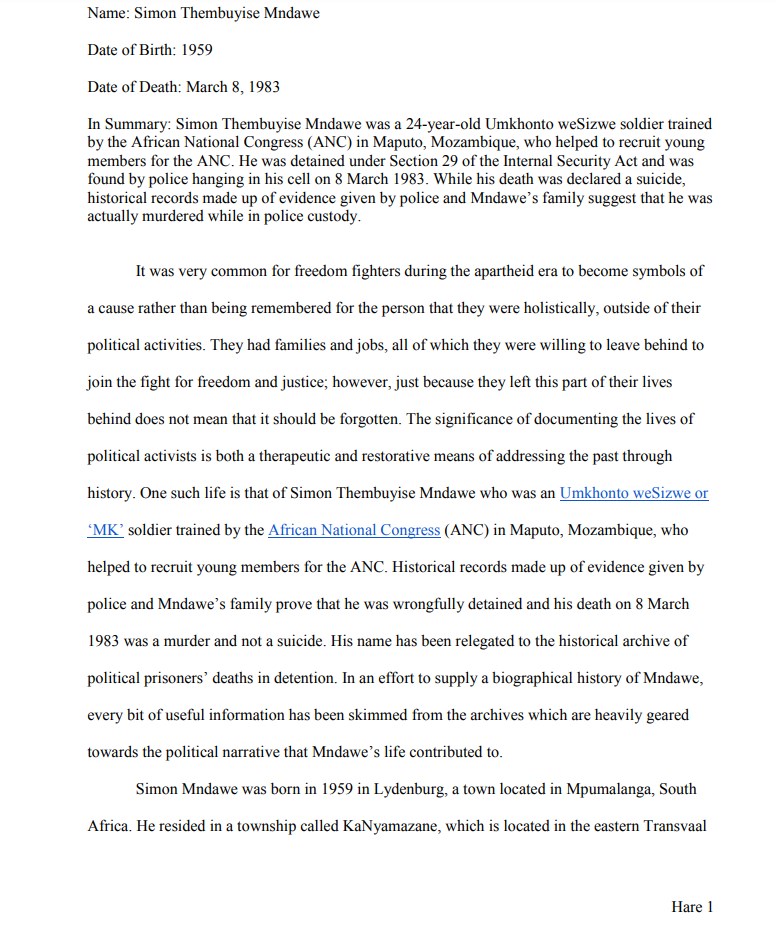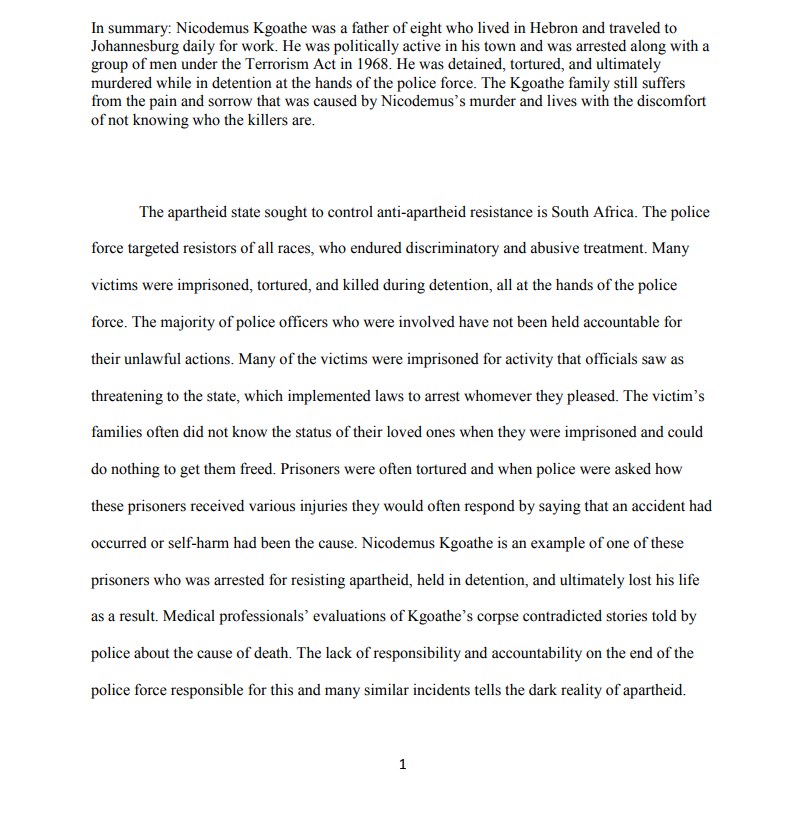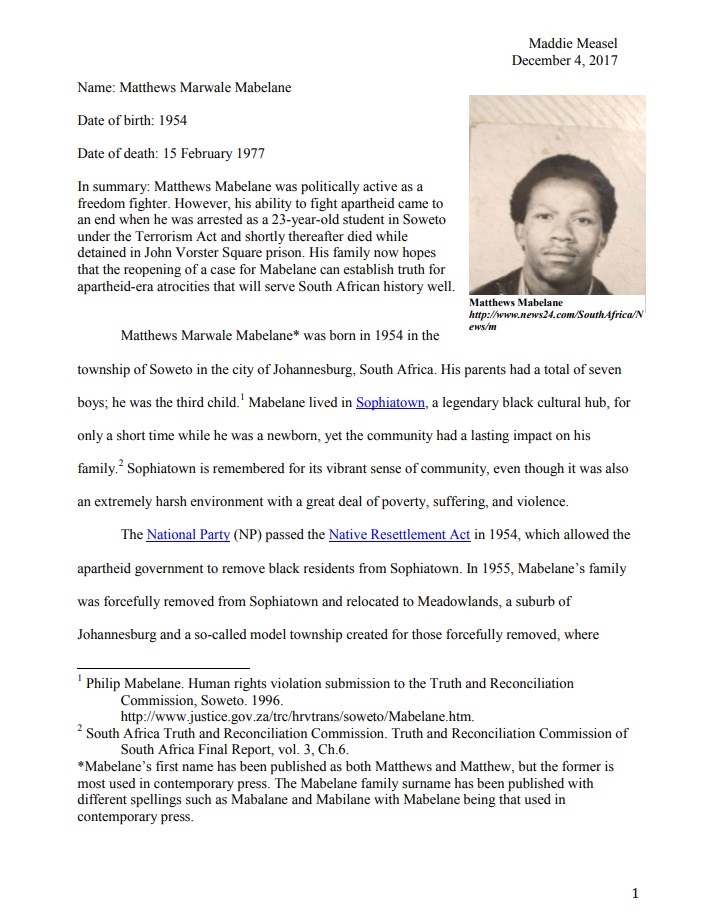Elands Bay Cave is located near the Mouth of the Verlorenvlei Estuary on the Atlantic coast of South Africa Western Cape Province. Hidden in the caves are the most beautiful cave paintings. These were done by the Bushmen who lived in this area thousands of years ago. The University of Cape Town also has an Archeological Site not far from this spot. Since the climate has continuously become drier from the time of habitation of hunter-gatherers in the Later Pleistocene, (The Pleistocene is the geological epoch that lasted from about 2,580,000 to 11,700 years ago, spanning the World's most recent period of repeated Glaciations). The archaeological remains recovered from previous excavations at Elands Bay Cave have been studied to help answer questions regarding the relationship of people and their landscape, the role of climate change that could have determined or influenced subsistence changes, and the impact of pastoralism, (Pastoralism is a form of animal husbandry, historically by nomadic people who moved with their herds). The species involved include various herding livestock, including cattle, camels, goats, yaks, llamas, reindeer, horses and sheep of agriculture on hunter-gatherer communities. History of Research by renowned archaeologist, John Parkington. Who excavated Elands Bay Cave in the 1970'' providing vast information of the cave's inhabitants. Parkington frequently used methods of comparing various characteristics in his findings in order to highlight phases of transformations at Elands Bay Cave. Other archaeologists and specialists have analyzed the findings from Parkington. Parkington, Cartwright, Cowling, Baxter, and Meadows (2000), analyzed wood charcoal and pollen data from Elands Bay Cave to explain the environmental change. Klein, in 2001 studied fossil remains and fauna data to indicate hunter-gatherer behavioral and cultural adaptations. In 1999, Cowling, Cartwright, Parkington, & Allsopp researched wood charcoal in order to explain environmental changes. Woodborne, Hart, & Parkington (1995) researched seal bones to construct the timing and the duration of hunter-gatherer coastal journeys. Orton (2006) examined raw materials to produce a lithic sequence for the Later Stone Age in Elands Bay Cave. Lastly, Matthews (1999) used taphonomy, (Taphonomy is the study of how organisms decay and become fossilized. The term taphonomy was introduced to paleontology in 1949 by Soviet scientist Ivan Efremov to describe the study of the transition of remains, parts, or products of organisms from the biosphere to the lithosphere).



